The “green island” just outside of Shanghai is a model for environmentally sustainable development near the world’s most populous urban centers.
By Jonathan Browning
Just 30 miles away from the Chongming Dontan Nature Reserve is downtown Shanghai. With a population of more than 24 million people, Shanghai is one of the largest cities in the world. (Photo: Jonathan Browning)
Just under two hours from one of the world’s most populous cities lies the Chongming Dontan Nature Reserve. It’s an unexpected location for a nature park, as it lies adjacent to a busy shipping lane at the mouth of the Yangtze River. Chongming Island, with its extensive marshes and mudflats, is an important staging post for the over one million migratory birds that fly from Australia up to Siberia and back each year, including the threatened oriental white stork and hooded crane. In the eastern part of the island is the Dongtan National Wetland Park, visited by thousands of tourists from Shanghai on the weekends, while the extreme end of the island and the surrounding tidal mudflats are a protected nature reserve and a Ramsar site (an internationally recognized wetland).
Chongming’s wetlands are under threat from invasive species and sea level rise. And wetlands such as these traditionally acted as a barrier for storm surges and coastal erosion — protection that low-lying Shanghai desperately needs as global sea levels climb. That’s why, despite sitting less than 46 kilometers (30 miles) from Shanghai, Chongming has been spared from the unrelenting urban sprawl. Instead, Chinese leaders saw the opportunity to use Chongming as a national model for environmentally sustainable development. It’s now a “green island,” which — due to its proximity to Shanghai — can be used for eco-tourism and to increase environmental awareness, something the city vitally needs.

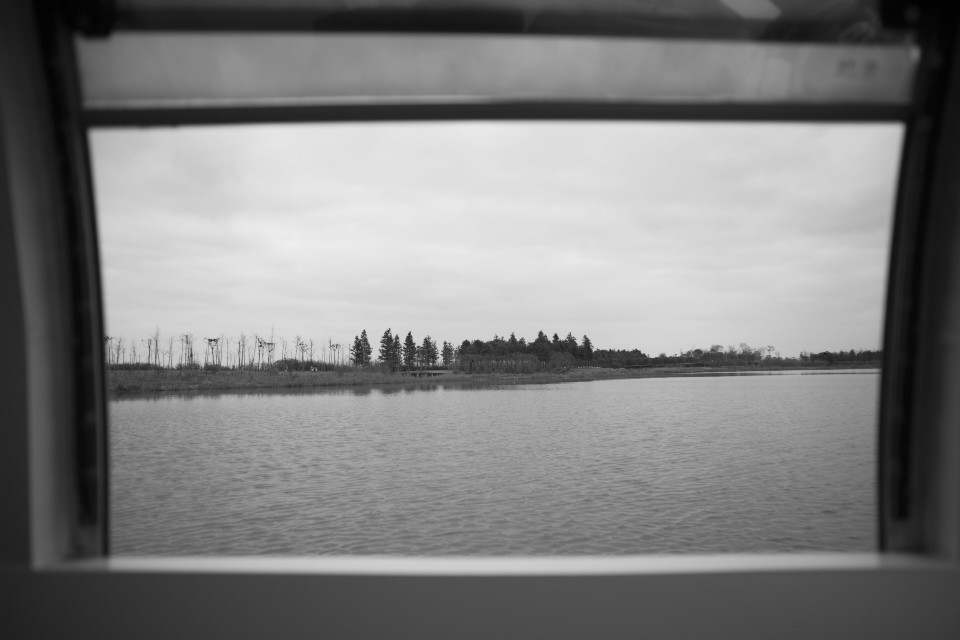
Left: The Shanghai Yangtze River Tunnel and Bridge connect the island of Chongming to Shanghai city. The tunnel crosses under the vast Yangtze River to Changxing Island, while the bridge crosses to Chongming Island; the combined distance is over 25 kilometers. (Photo: Jonathan Browning) | Right: A view of the wetland from inside an electric boat, which gives visitors a chance to see the park from the water. (Photo: Jonathan Browning)


Left: A portrait of a staff member at the reserve getting ready to untie the ropes for the boat’s departure. (Photo: Jonathan Browning) | Right: The wetlands at Chongming Dongtan Nature Reserve, Shanghai, China. (Photo: Jonathan Browning)

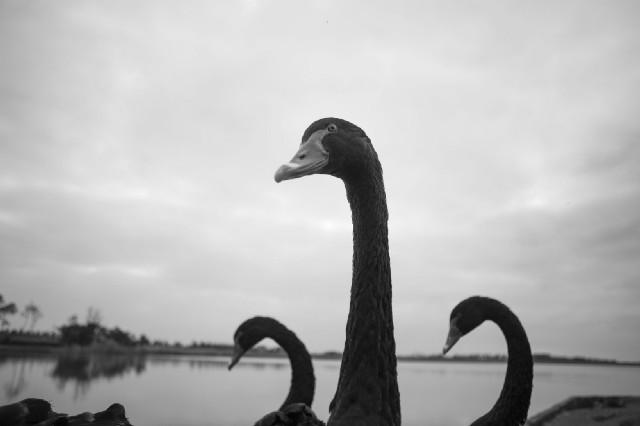
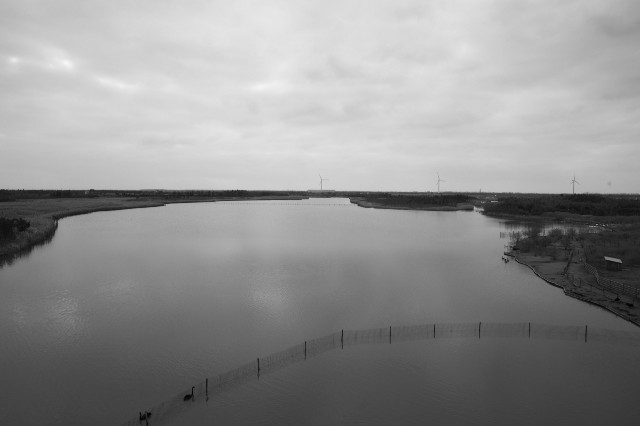
Left: The captain of an electric tourist boat steers it into a mooring position. The boat ride allows visitors to see some of the park from water level. (Photo: Jonathan Browning) | Middle: Part of the park area contains black swans, which are not native but which offer visitors close-up experiences with wildlife. (Photo: Jonathan Browning) | Right: An overview of a managed park area at the Chongming wetlands. (Photo: Jonathan Browning)

Bicycles can be rented by the hour to help visitors to explore the paved areas of the park. (Photo: Jonathan Browning)
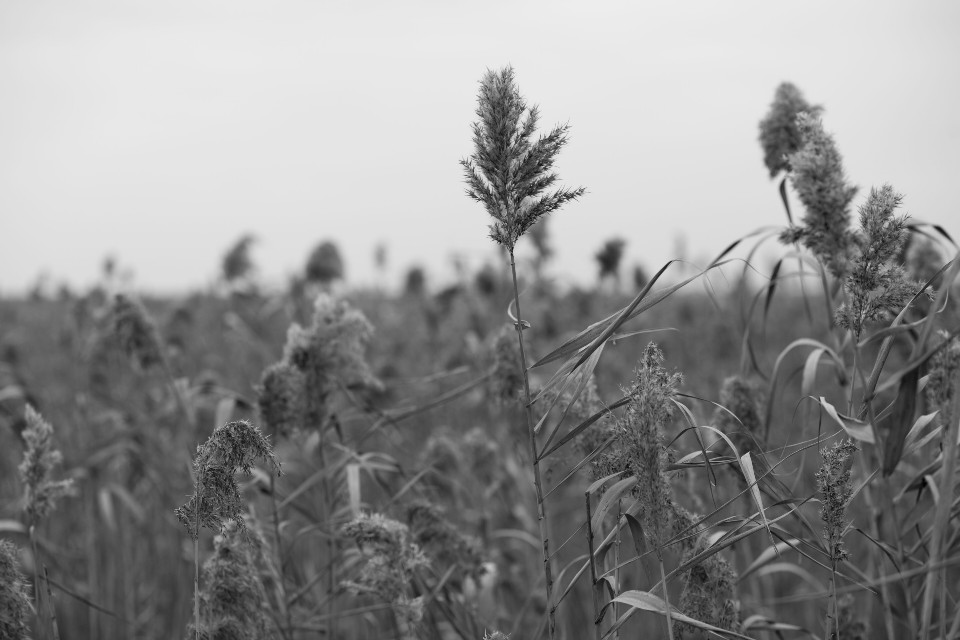
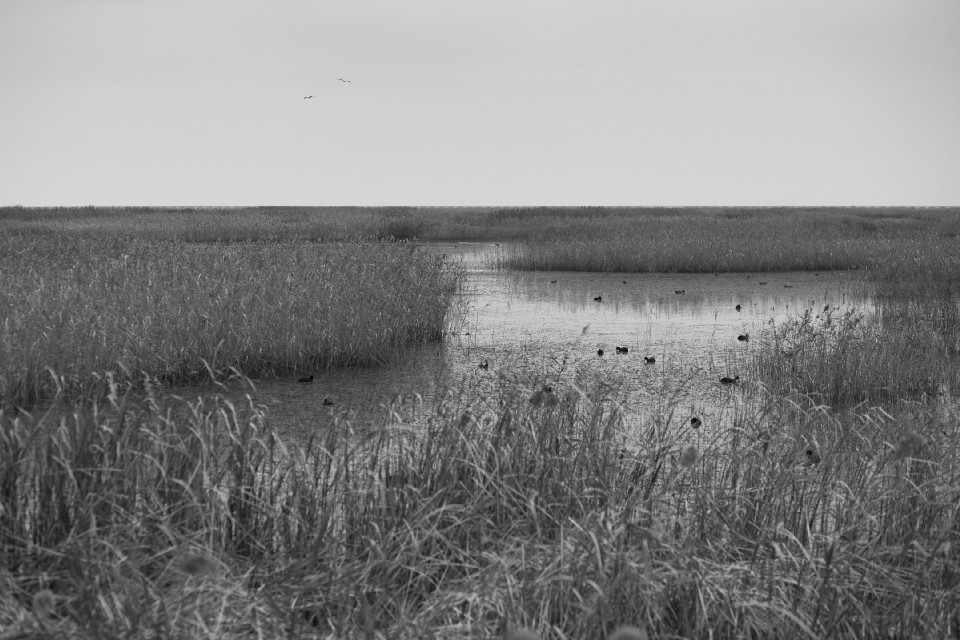
Left: A close-up shot of the reeds that make up the outer wetland area. (Photo: Jonathan Browning) | Right: An overview of the wild outer wetland area, which is home to numerous species of birds, including coots, cranes, storks, and hornbills. (Photo: Jonathan Browning)

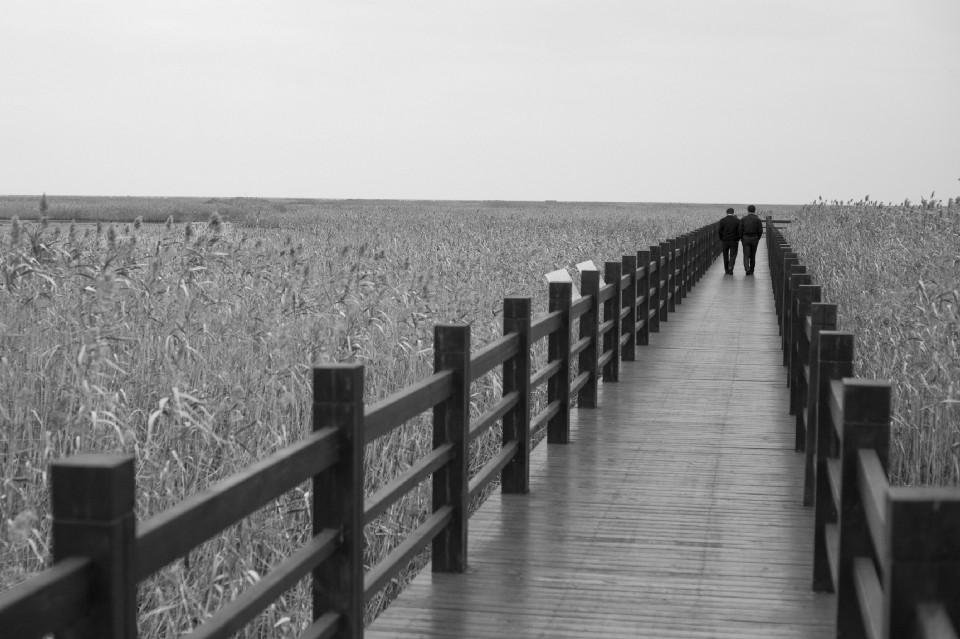
Left: In the wetland reserve, there is a Specimen Exhibition Pavilion, which features about 250 taxidermied examples of the birds that can be found at Chongming Dongtan Nature Reserve. (Photo: Jonathan Browning) | Right: Elevated wooden walkways allow visitors to walk among the wetland reeds. (Photo: Jonathan Browning)

A staff member poses for a portrait while mopping the wooden walkways. (Photo: Jonathan Browning)

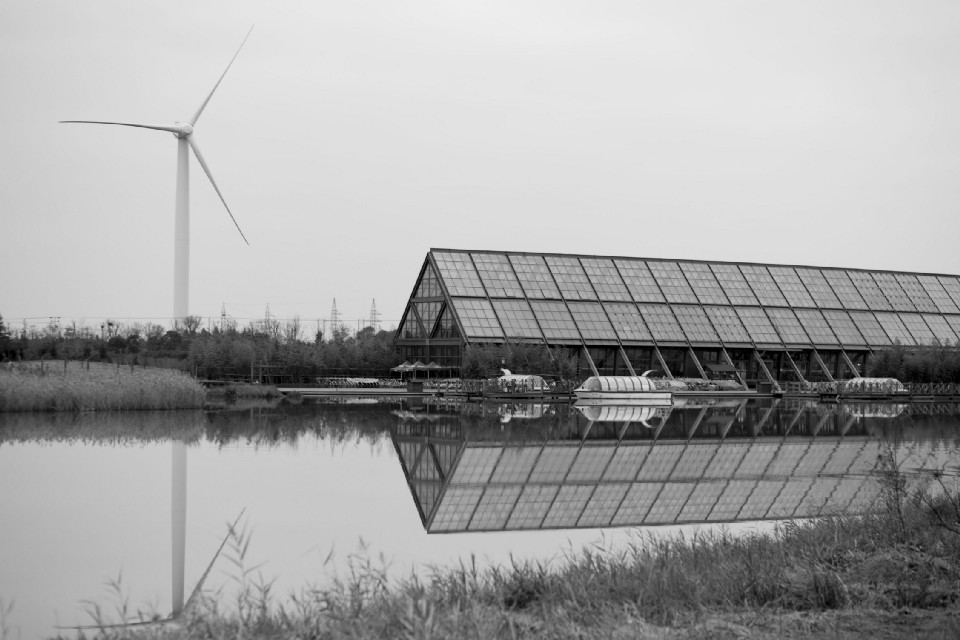
Left: A pavilion under construction in the wetland reserve. (Photo: Jonathan Browning) | Right: The main visitors center and cafe acts as the entrance to the park and is outfitted with solar panels on the roof. (Photo: Jonathan Browning)

||
The Conservation in the Age of Climate Change Project is an effort to explore how conservation organizations around the world are responding to rising seas, droughts, extreme weather events, and other threats posed by global warming.





